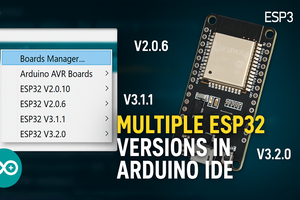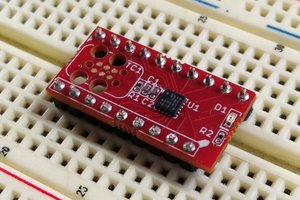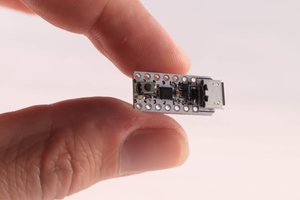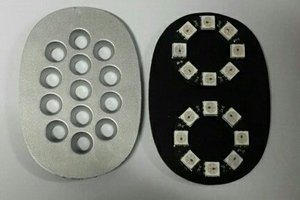The idea for this project came about in the summer of 2024. After the success of our Kickstarter campaign for AssDuino (the Anime Arduino Clone), our community started asking if we’d be releasing any other colorful boards besides the AssDuino.
We thought about it and decided our next step would be a board with the ESP32 microcontroller. It’s a powerful, budget-friendly controller with built-in WiFi and Bluetooth. We also wanted to stick with the much-loved Arduino UNO form factor—and we made both happen.
When you connect a regular Arduino or NodeMCU, the only code you can run that shows a result on the device itself (and not just your computer) is Blink. We wanted to change that. So, we added an RGB LED and a buzzer, making sure that even if all you have is an ESP32-S3 Youth, a USB-C cable, and your computer, you can still have fun and do something useful.
We also added LEDs to the signal pins so you can instantly see if there’s a signal on the pin you’re working with.
First prototype

Of course, we didn’t get everything right on the first try :). In the first version of the board, we used resistors that were too small (510 Ohm) for the signal LEDs, making them way too bright during operation. In the final version, we increased their values to fix this.
We also wired the Boot and RST buttons incorrectly in the schematic, which made USB programming inconvenient.
Eventually, we identified and fixed all the issues, ordered the final version of the board, and added colorful prints showcasing our unique designs.
Circuit Design

The circuit was divided into functional blocks and created in EasyEDA for better organization and clarity. Each block was designed to handle a specific part of the board’s functionality, making it easier to troubleshoot and improve during the prototyping phase.

The layout for the board was also designed in EasyEDA, keeping all the components well-organized and ensuring efficient signal routing.
In Conclusion
Thank you for reading this article! If you have any questions or if something doesn’t work, feel free to ask in the comments section.
By the way - don't forget to check all Collection in my Tindie shop :)
 okutejru
okutejru
 vishal soni
vishal soni
 Parker
Parker
 Sander van de Bor
Sander van de Bor
 Shiny
Shiny